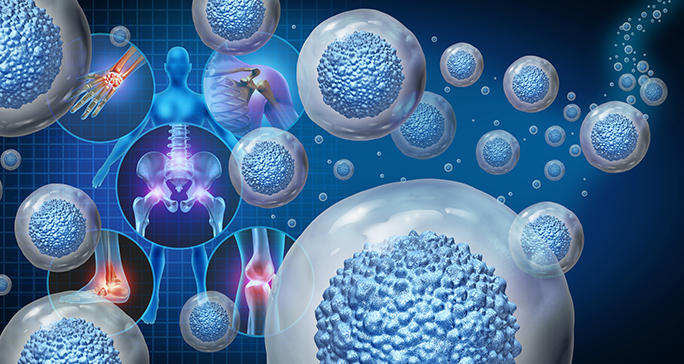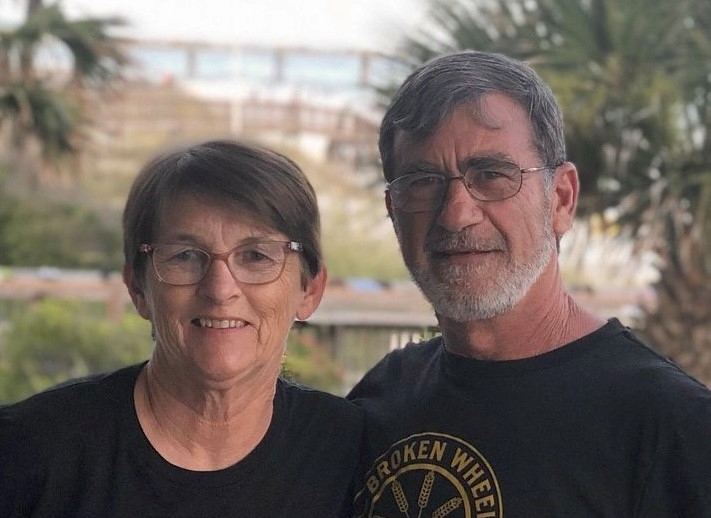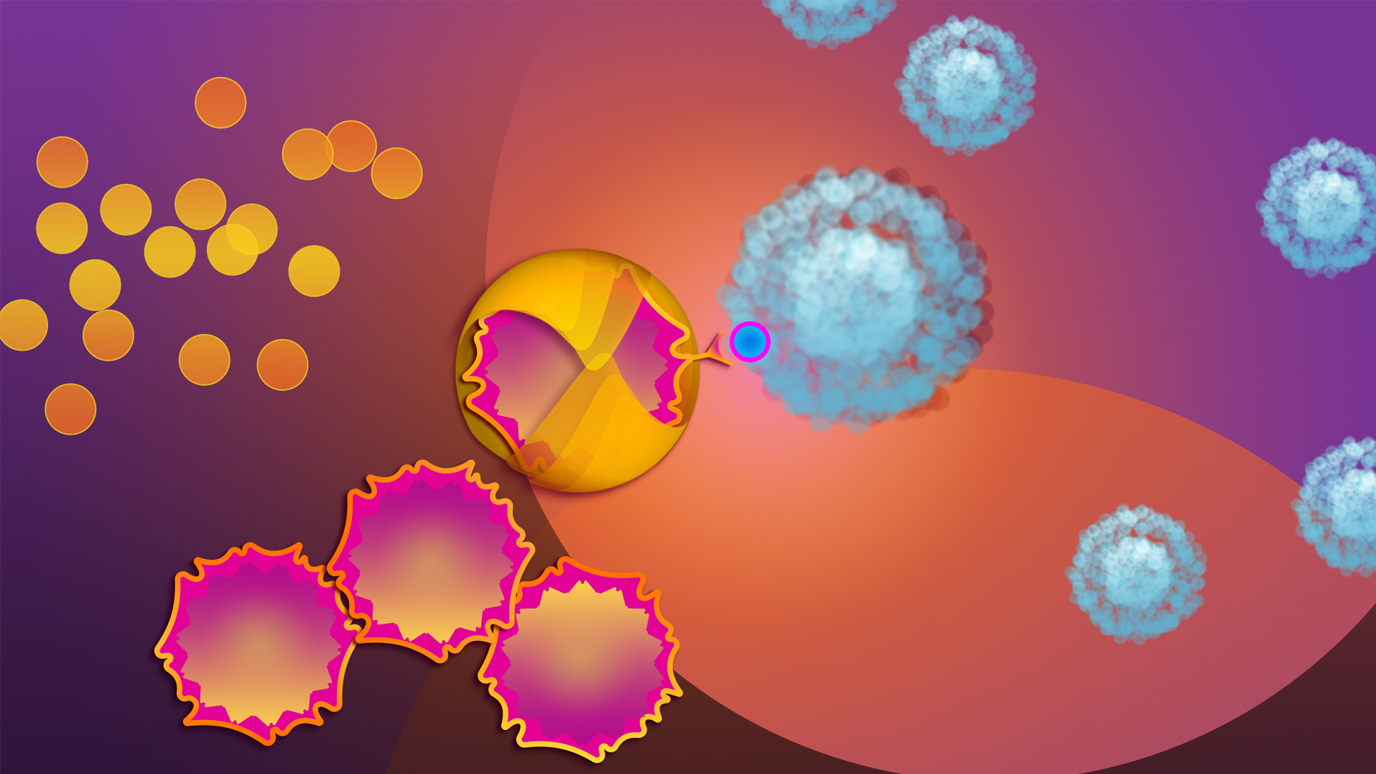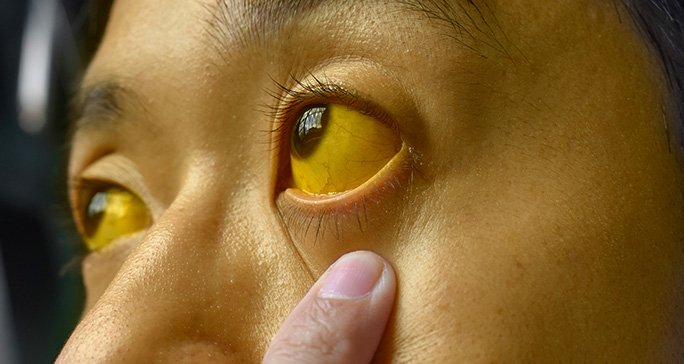- Diseases
- Acoustic Neuroma (14)
- Adrenal Gland Tumor (24)
- Anal Cancer (66)
- Anemia (2)
- Appendix Cancer (16)
- Bile Duct Cancer (26)
- Bladder Cancer (68)
- Brain Metastases (28)
- Brain Tumor (230)
- Breast Cancer (718)
- Breast Implant-Associated Anaplastic Large Cell Lymphoma (2)
- Cancer of Unknown Primary (4)
- Carcinoid Tumor (8)
- Cervical Cancer (154)
- Colon Cancer (164)
- Colorectal Cancer (110)
- Endocrine Tumor (4)
- Esophageal Cancer (42)
- Eye Cancer (36)
- Fallopian Tube Cancer (6)
- Germ Cell Tumor (4)
- Gestational Trophoblastic Disease (2)
- Head and Neck Cancer (6)
- Kidney Cancer (124)
- Leukemia (344)
- Liver Cancer (50)
- Lung Cancer (288)
- Lymphoma (284)
- Mesothelioma (14)
- Metastasis (30)
- Multiple Myeloma (98)
- Myelodysplastic Syndrome (60)
- Myeloproliferative Neoplasm (4)
- Neuroendocrine Tumors (16)
- Oral Cancer (100)
- Ovarian Cancer (170)
- Pancreatic Cancer (164)
- Parathyroid Disease (2)
- Penile Cancer (14)
- Pituitary Tumor (6)
- Prostate Cancer (144)
- Rectal Cancer (58)
- Renal Medullary Carcinoma (6)
- Salivary Gland Cancer (14)
- Sarcoma (236)
- Skin Cancer (296)
- Skull Base Tumors (56)
- Spinal Tumor (12)
- Stomach Cancer (60)
- Testicular Cancer (28)
- Throat Cancer (90)
- Thymoma (6)
- Thyroid Cancer (98)
- Tonsil Cancer (30)
- Uterine Cancer (78)
- Vaginal Cancer (14)
- Vulvar Cancer (18)
- Cancer Topic
- Adolescent and Young Adult Cancer Issues (20)
- Advance Care Planning (10)
- Biostatistics (2)
- Blood Donation (18)
- Bone Health (8)
- COVID-19 (362)
- Cancer Recurrence (120)
- Childhood Cancer Issues (120)
- Clinical Trials (628)
- Complementary Integrative Medicine (24)
- Cytogenetics (2)
- DNA Methylation (4)
- Diagnosis (230)
- Epigenetics (6)
- Fertility (64)
- Follow-up Guidelines (2)
- Health Disparities (14)
- Hereditary Cancer Syndromes (124)
- Immunology (18)
- Li-Fraumeni Syndrome (8)
- Mental Health (118)
- Molecular Diagnostics (8)
- Pain Management (62)
- Palliative Care (8)
- Pathology (10)
- Physical Therapy (18)
- Pregnancy (18)
- Prevention (898)
- Research (392)
- Second Opinion (74)
- Sexuality (16)
- Side Effects (604)
- Sleep Disorders (10)
- Stem Cell Transplantation Cellular Therapy (216)
- Support (404)
- Survivorship (322)
- Symptoms (184)
- Treatment (1776)
Stem cell transplant gives lymphoma survivor more time with kids
4 minute read | Published April 05, 2017
Medically Reviewed | Last reviewed by an MD Anderson Cancer Center medical professional on April 05, 2017
Kate Arnold isn’t entirely sure when her journey with non-Hodgkin lymphoma started.
“I probably was walking around with cancer for a long time,” she says.
Aside from fatigue and slight pain from what she thought was an ovarian cyst, she didn’t really have any non-Hodgkin lymphoma symptoms.
“It wasn’t until we were scheduling surgery to have it removed and I had an internal ultrasound that we realized that it was not an ovarian cyst; it was a 15-centimeter mass in my abdomen,” she says.
A non-Hodgkin lymphoma diagnosis
In June 2008, a CT scan confirmed that Kate had stage IV follicular monocleave cell lymphoma, a slow-progressing type of non-Hodgkin lymphoma.
“We were completely shocked, completely overwhelmed. It was like the whole world stopped,” she says.
Kate received eight rounds of chemotherapy at a hospital near her home in Mettawa, Illinois. She went into remission that November but relapsed three months later. Hoping to avoid the possibility of stem cell transplantation, she opted for radioimmunology treatment at a Chicago hospital. When that and an immunotherapy clinical trial didn’t work, her doctor told her that the only remaining option was an allogeneic stem cell transplant, which would use stem cells from a donor.
“It’s a world-class hospital, but when I was looking at the number of allogeneic stem cells they do a year, I just wasn’t comfortable,” she said.
Choosing MD Anderson for an allogeneic stem cell transplant
So her oncologist recommended she come to MD Anderson and meet with Richard Champlin, M.D., about her stem cell transplant.
“Dr. Champlin himself reached out to me. Normally a doctor has his APNs or nurses do the scheduling, so I was shocked when I answered the phone and it was him. And we spoke on the phone with him for an hour,” she says. “Before I even met Dr. Champlin, I just looked at my husband I said this is where I want to be.”
Four days later, Kate was in Houston for her first appointment.
“We were so amazed at the coordination between departments, the efficiency, the fact that my case had been discussed interdepartmentally,” she says. “We walked in and we got a full schedule. It was very thorough, and it was very obvious that every department that we talked to, they knew my case history.”
Kate returned home, and under the care of Dr. Champlin and her local oncologist, she began consolidation therapy to shrink the tumor.
Kate’s stem cell transplant
In June 2010, Kate and her husband left their two young children with their grandparents in Illinois and moved to Houston temporarily. Once her doctors had found an unrelated donor, Kate started chemotherapy to destroy the cancer and prepare her body for the transplant. She agreed to participate in a clinical trial in which Velcade was added to the pre-transplant chemo cocktail she’d been prescribed.
“I feel strongly that if we don’t participate in clinical trials, it’s going to take that much longer to find a cure,” she says.
Kate says the transplant itself was uneventful, but the aftermath was a different story.
“The week after the transplant was the hardest. Your white blood cell counts are at 0, you have no immune system, and all the cumulative effects of the chemo hits. It’s pretty miserable,” she says.
Life after a stem cell transplant
While things seemed to be improving for a while, Kate had a setback when she caught a cold in August 2010, and developed graft vs. host disease. Burton Dickey, M.D., prescribed Kate hypersteroids in hopes of healing her, but over time it became apparent that she’d suffered permanent lung damage. She spent the next few months in occupational and physical therapy and impressed doctors with her progress.
“I have absolutely blown the doors off what they could tell me I could do,” she says. “I did a 20-mile bike ride, and Dr. Dickey had told me that walking across the room would be difficult for me.”
Kate remains on medications to suppress her ongoing issues with graft vs. host disease. For her, though, that’s only a small price to pay for getting the opportunity to watch her children grow up.
“Despite everything, it’s been almost seven years since my transplant, and I can’t trade that for anything,” she says.
Request an appointment at MD Anderson online or by calling 1-877-699-2751.
Related Cancerwise Stories

Despite everything, it’s been almost seven years since my transplant, and I can’t trade that for anything.”
Kate Arnold
Survivor





